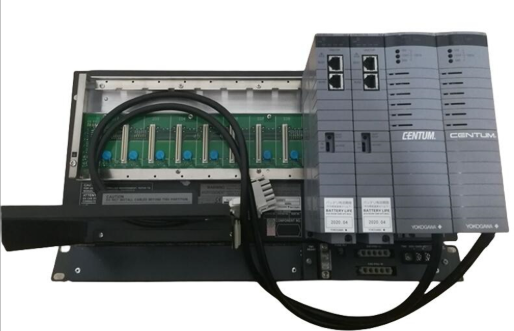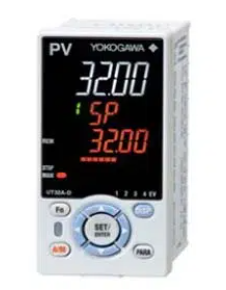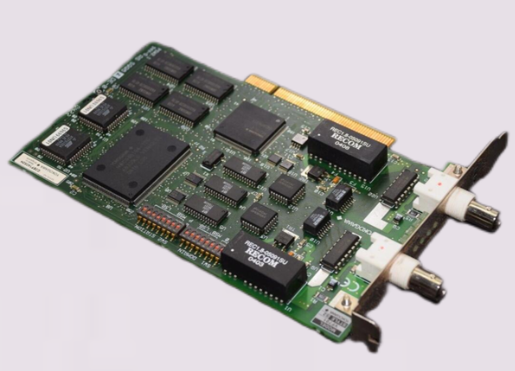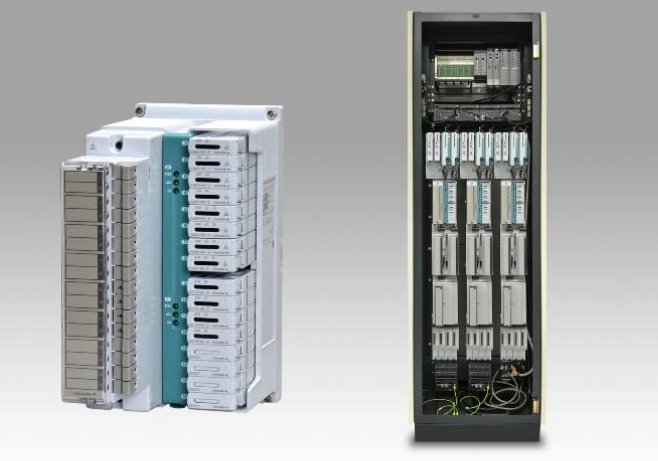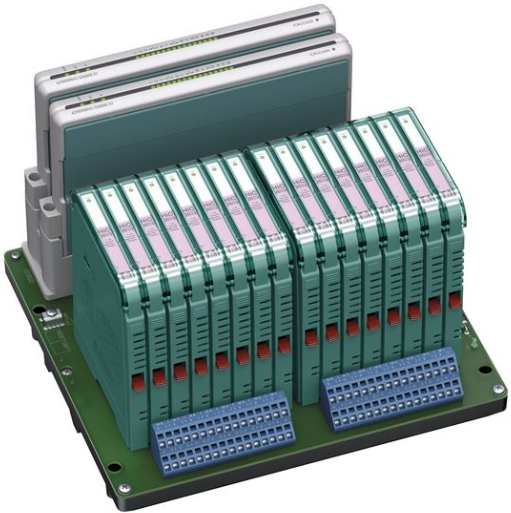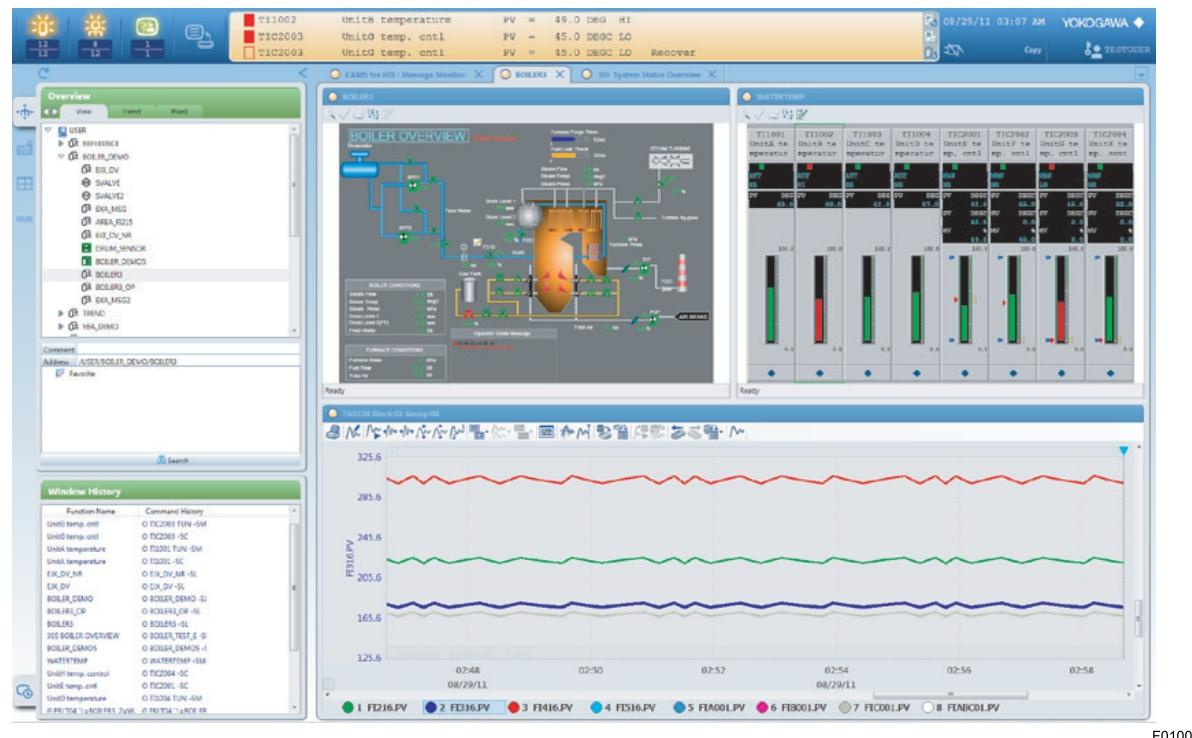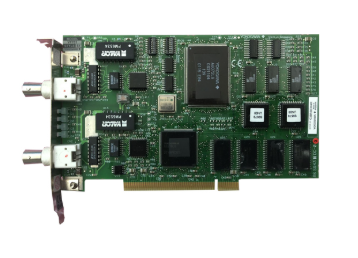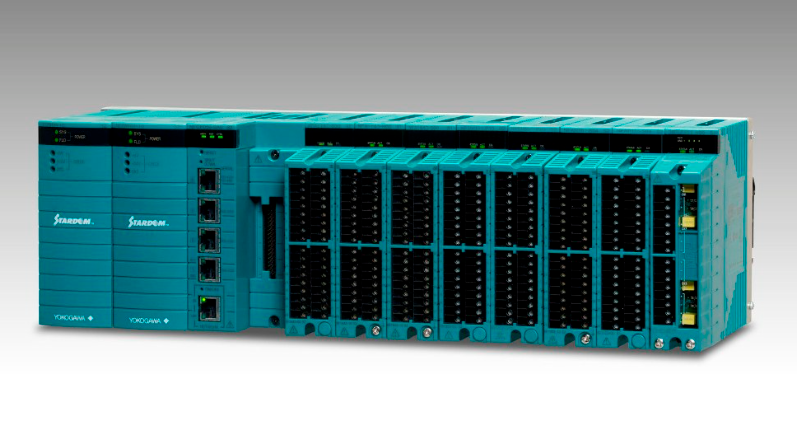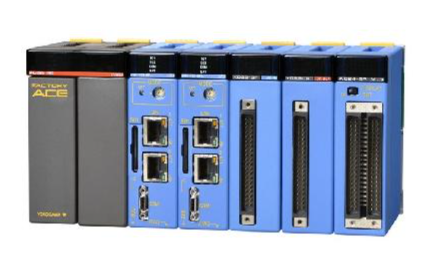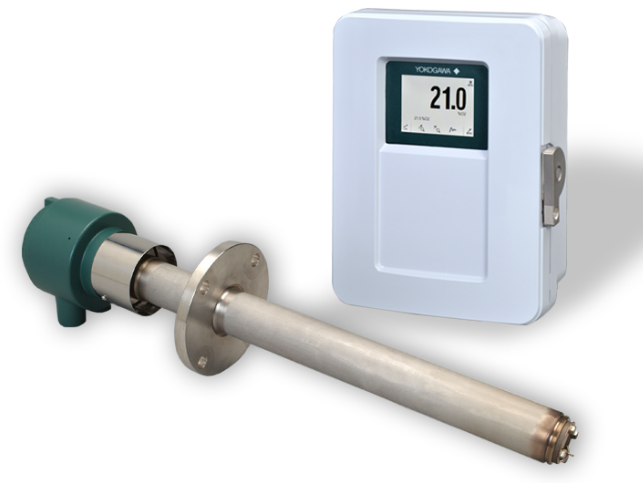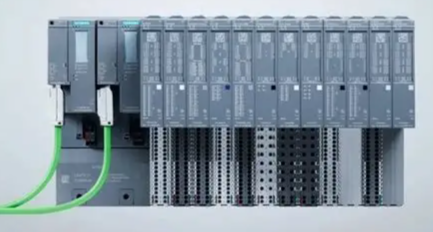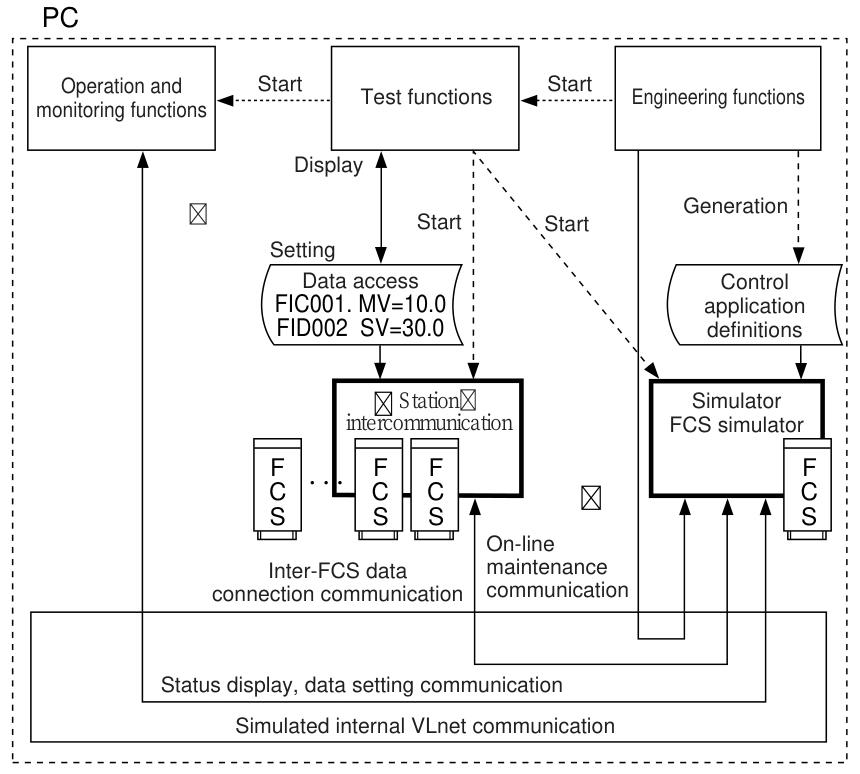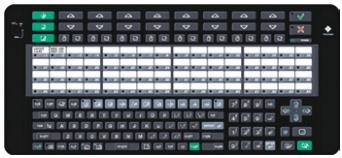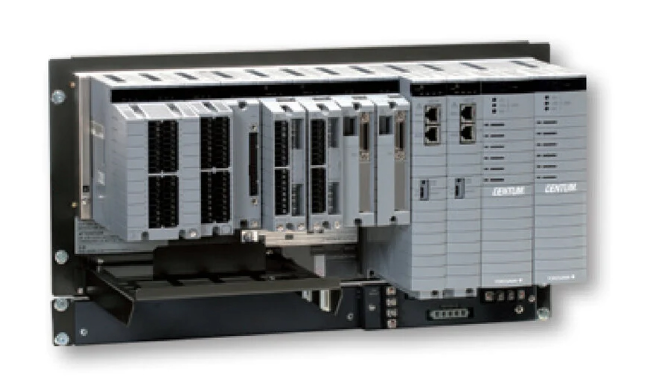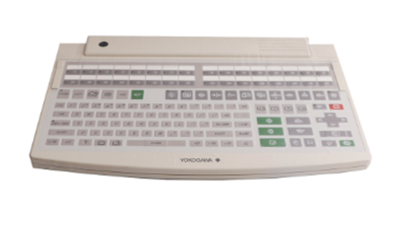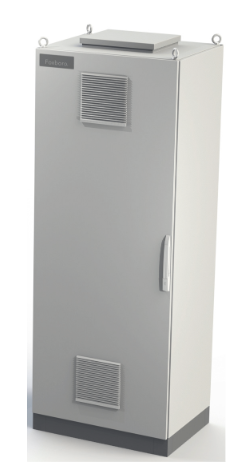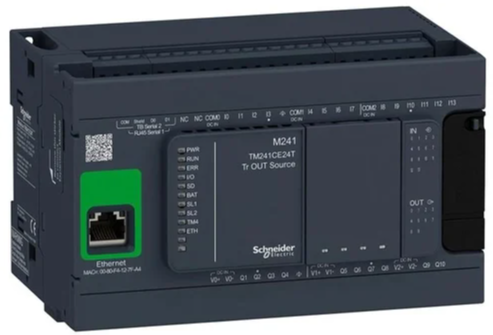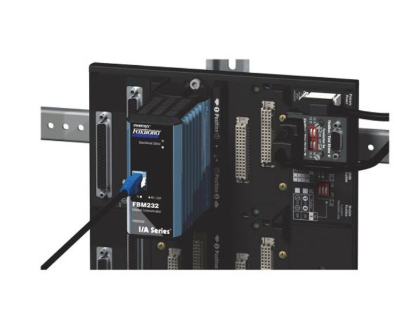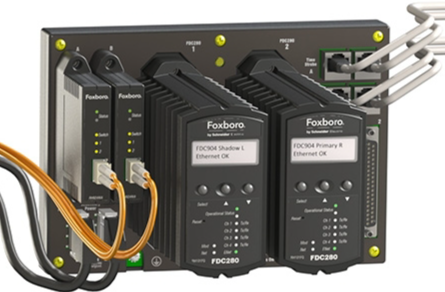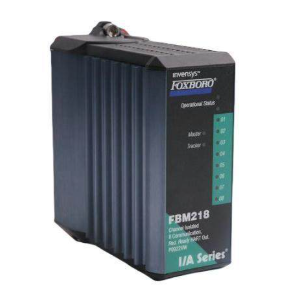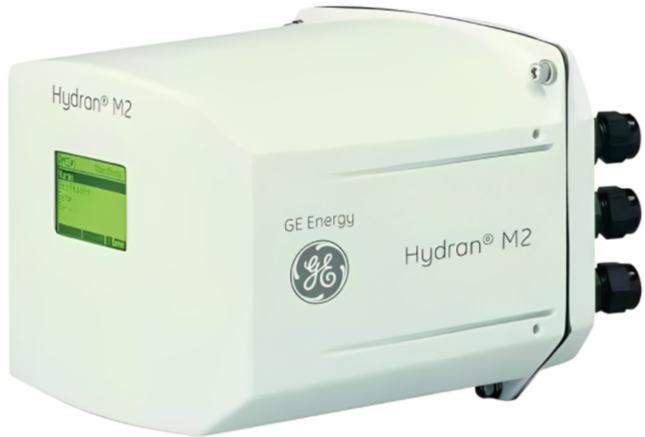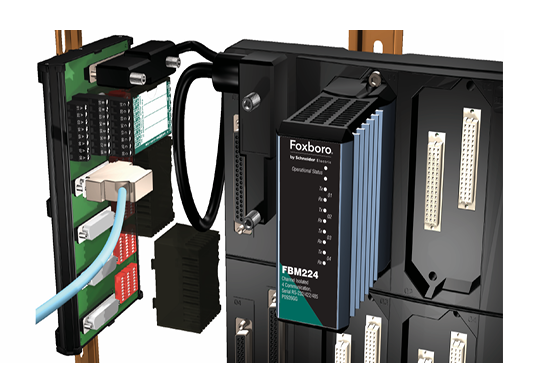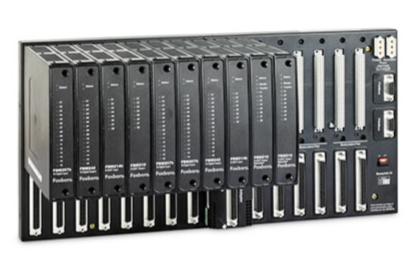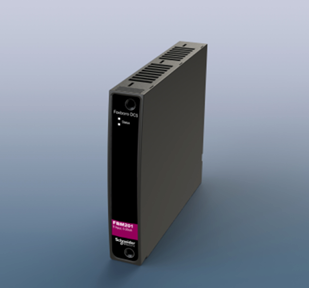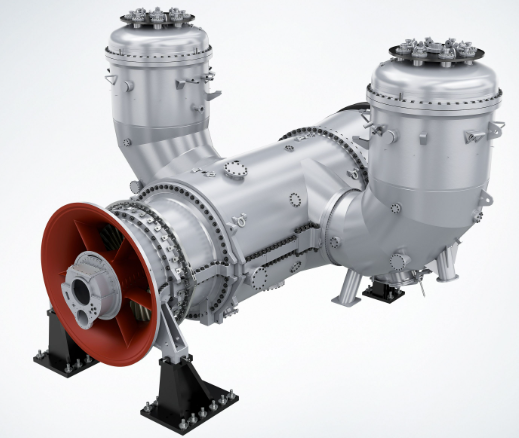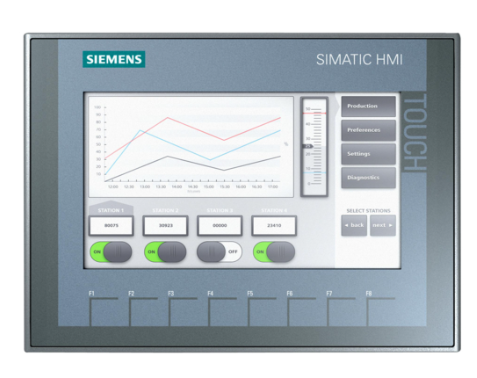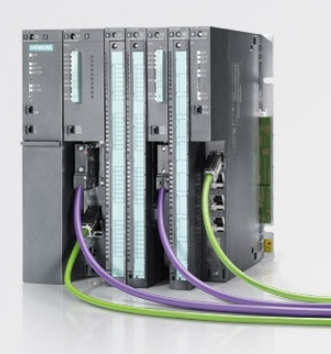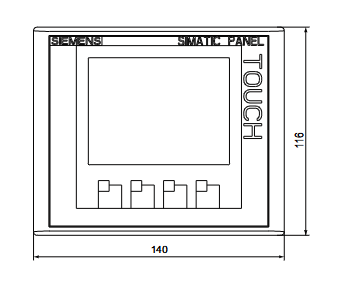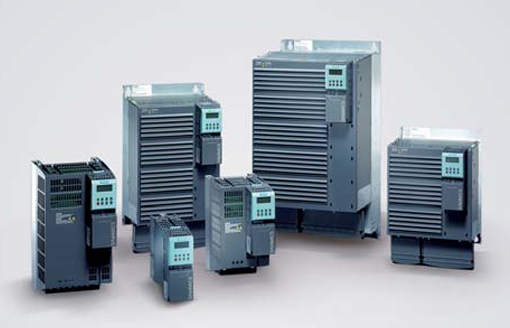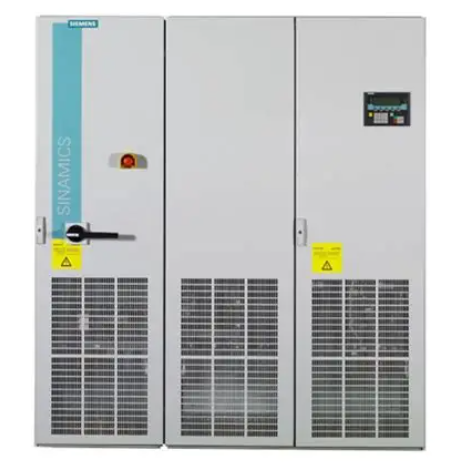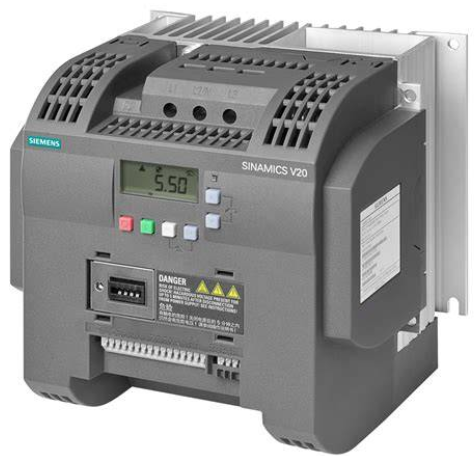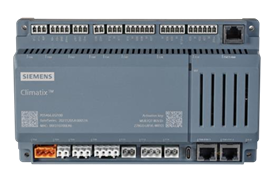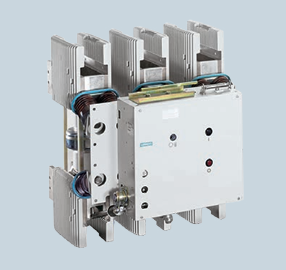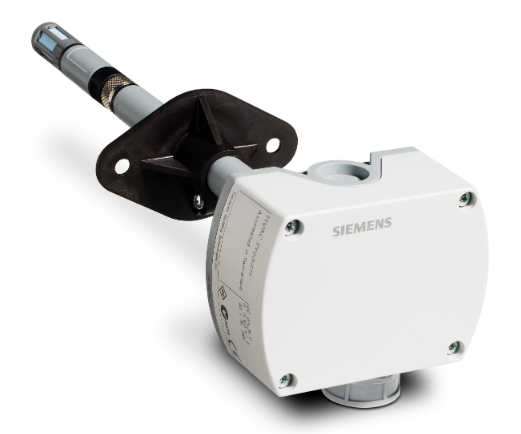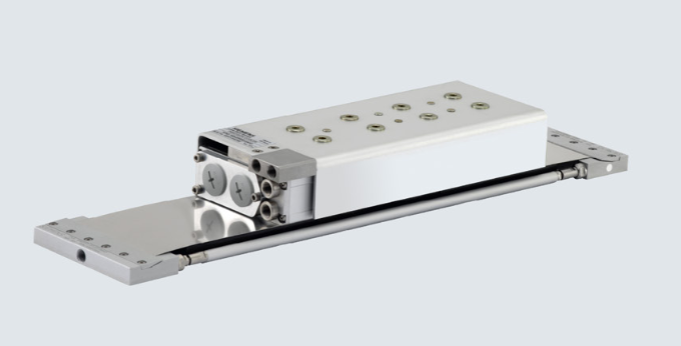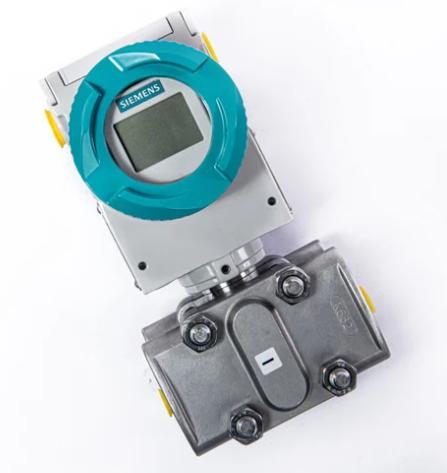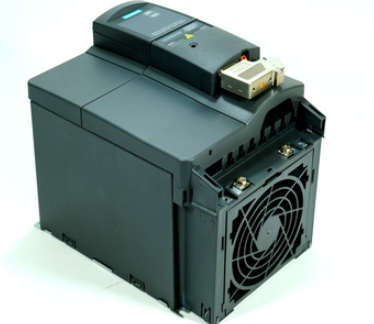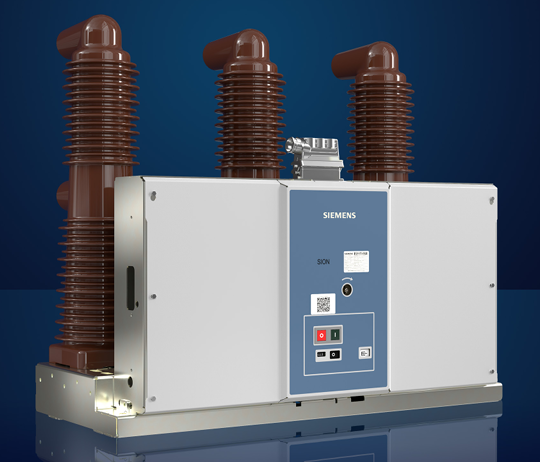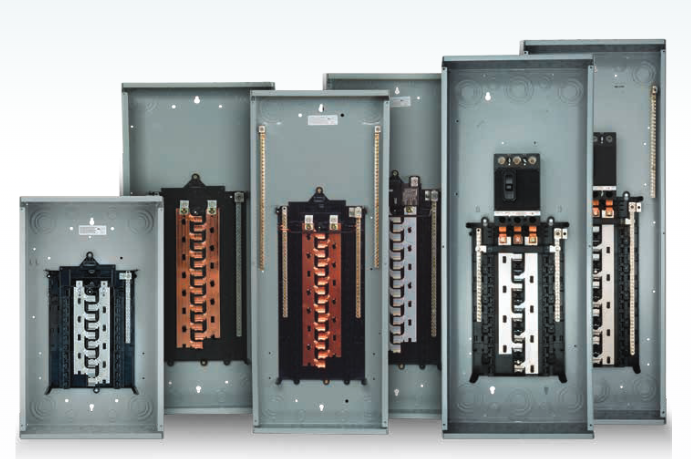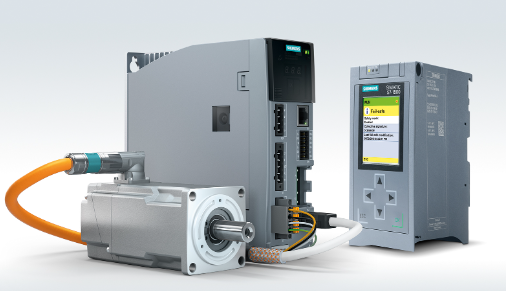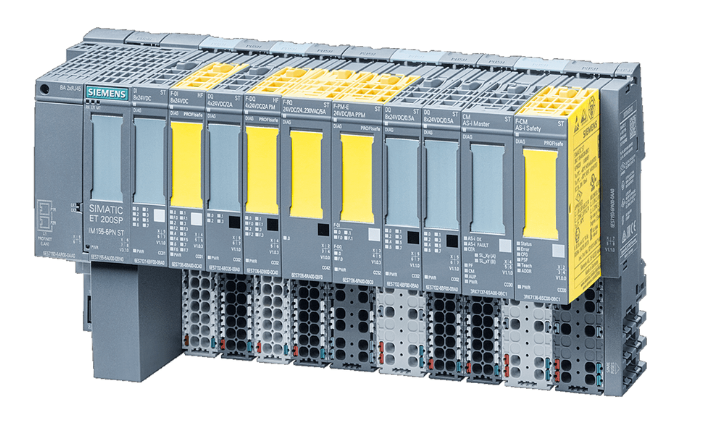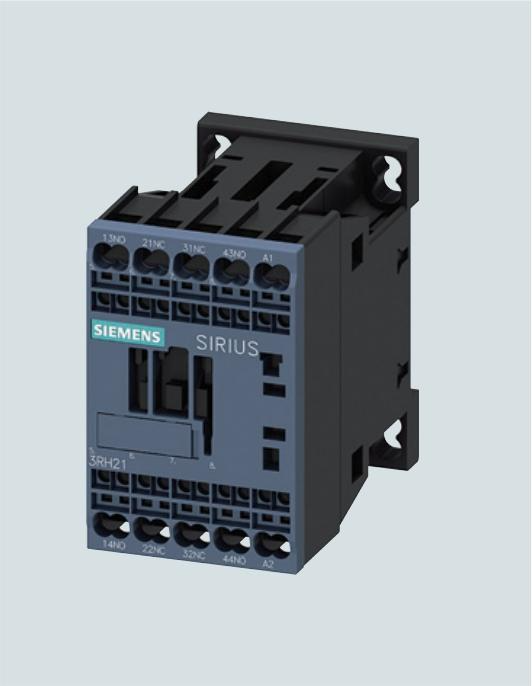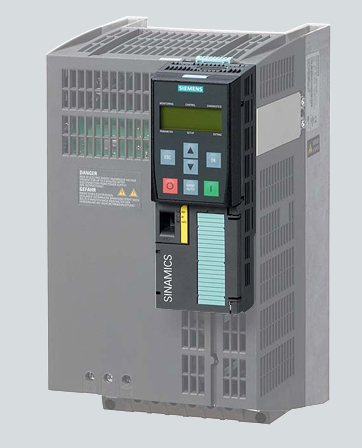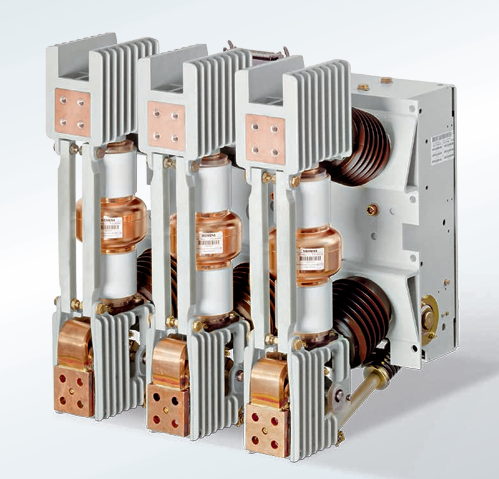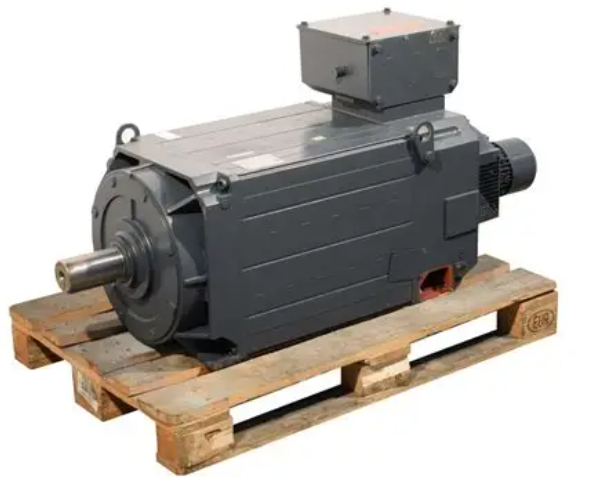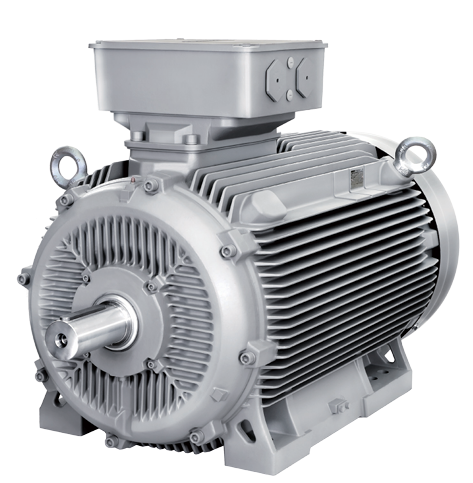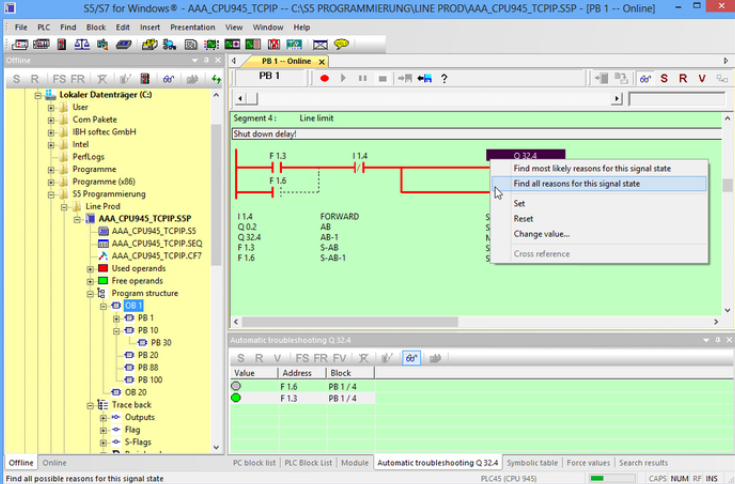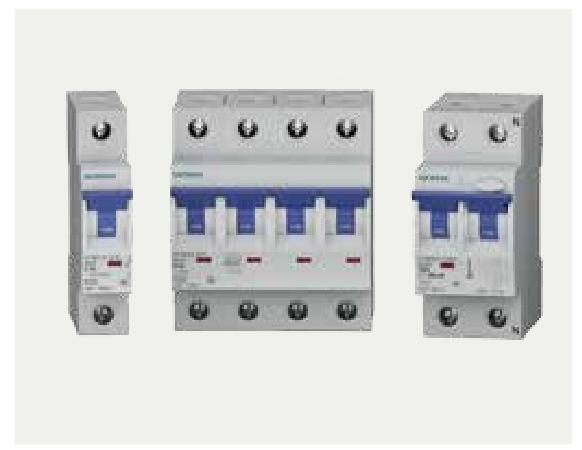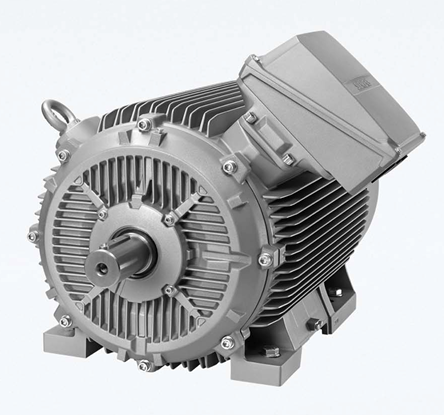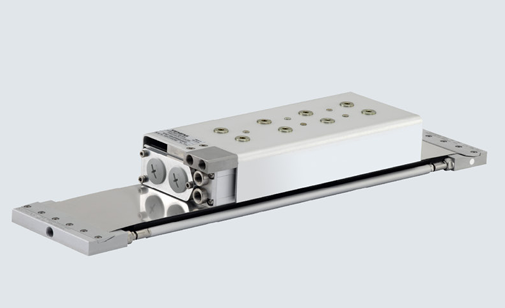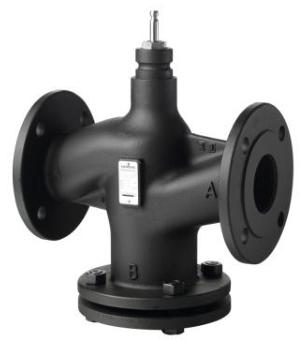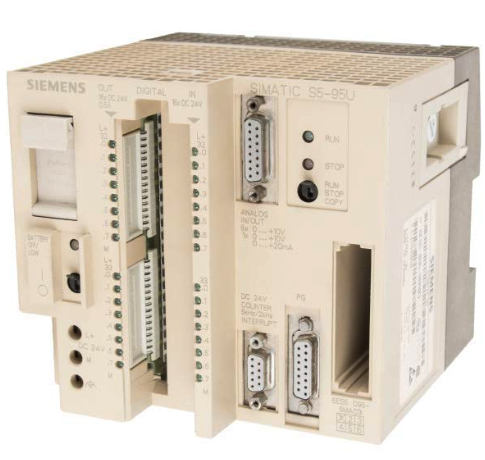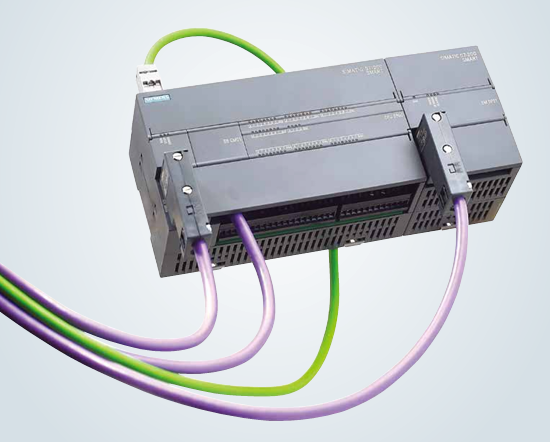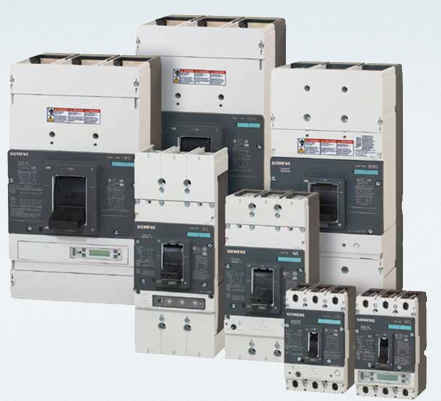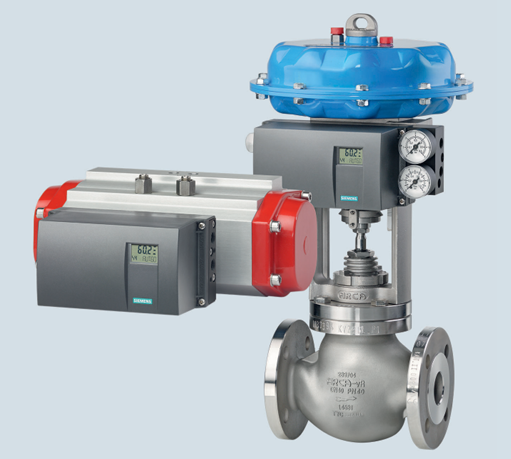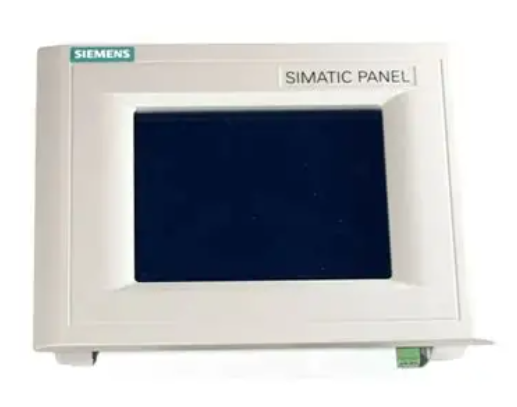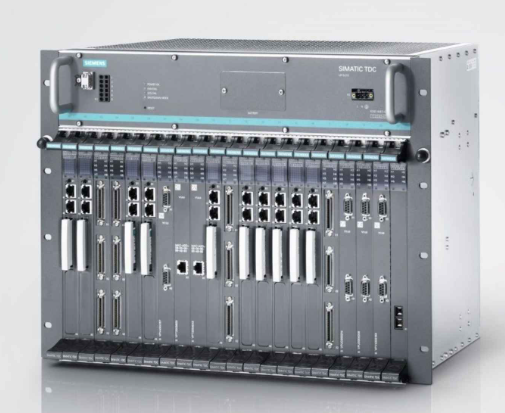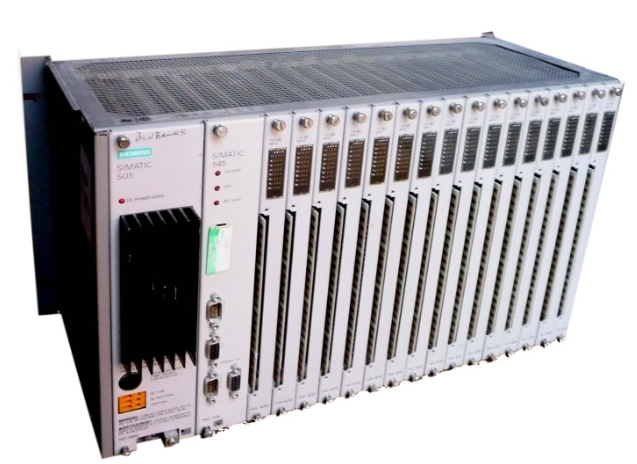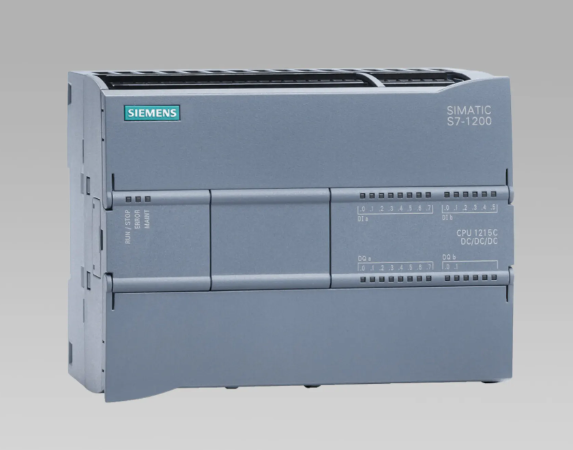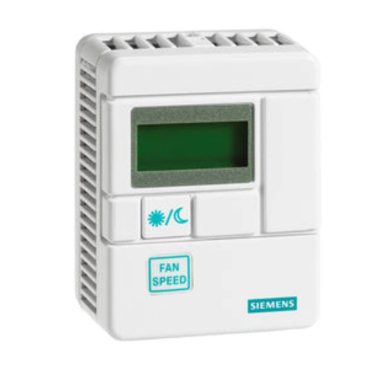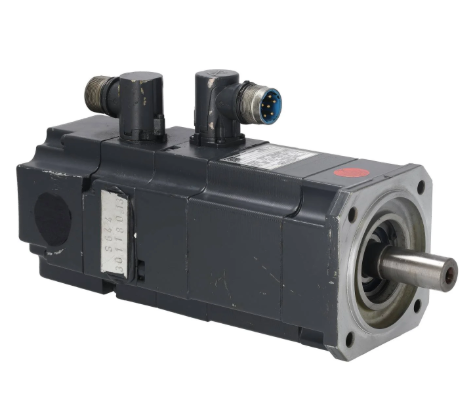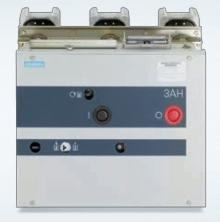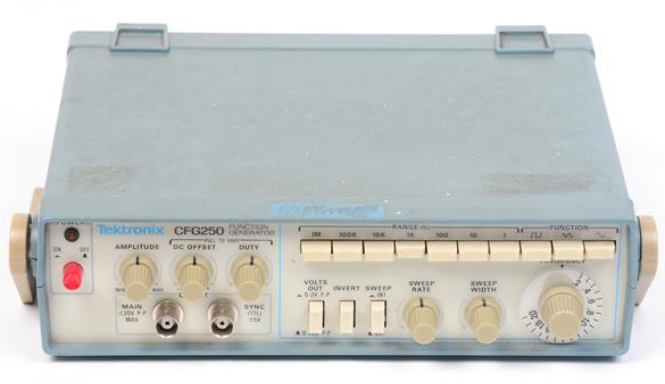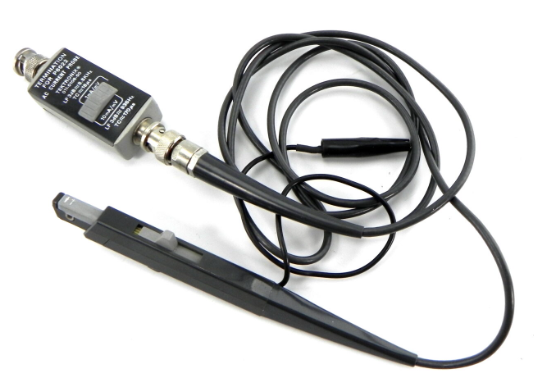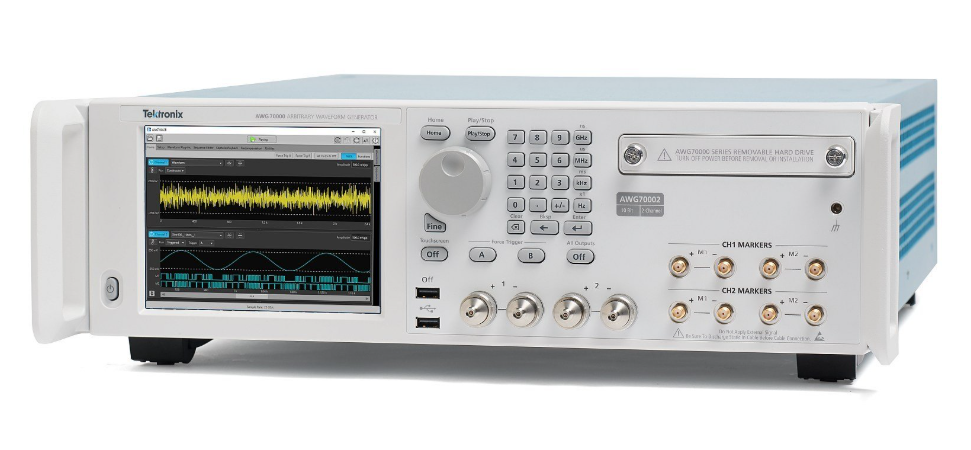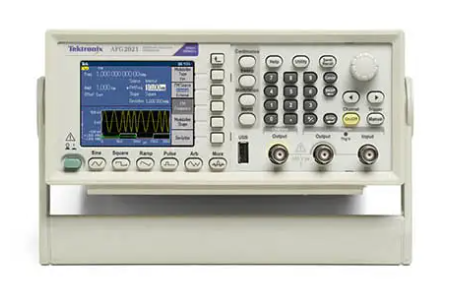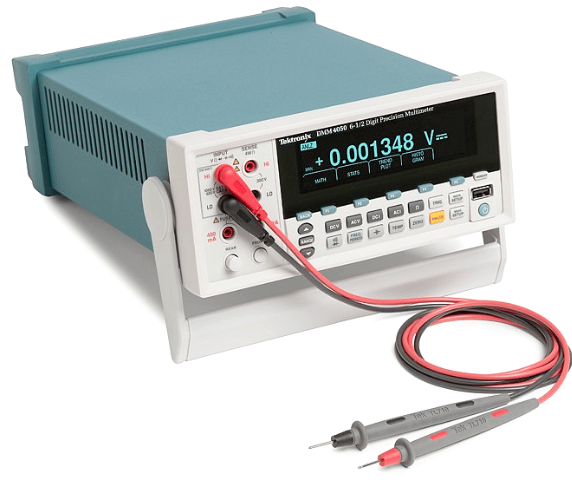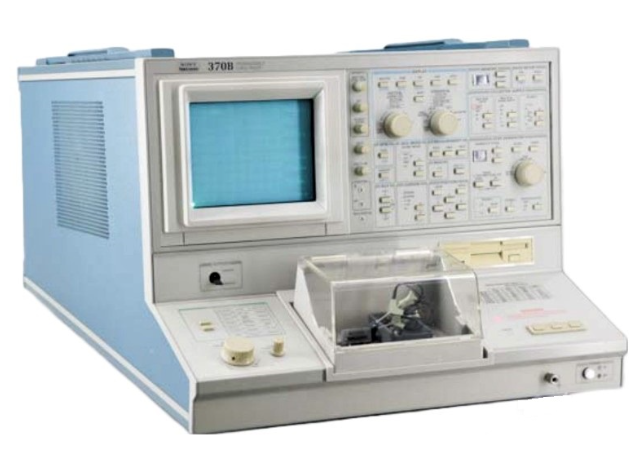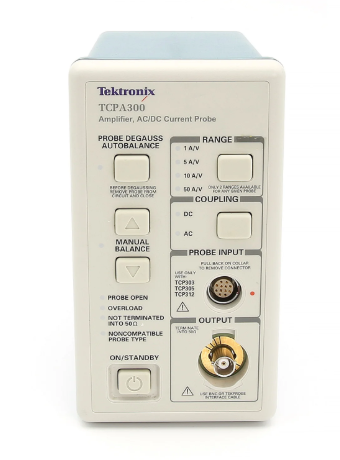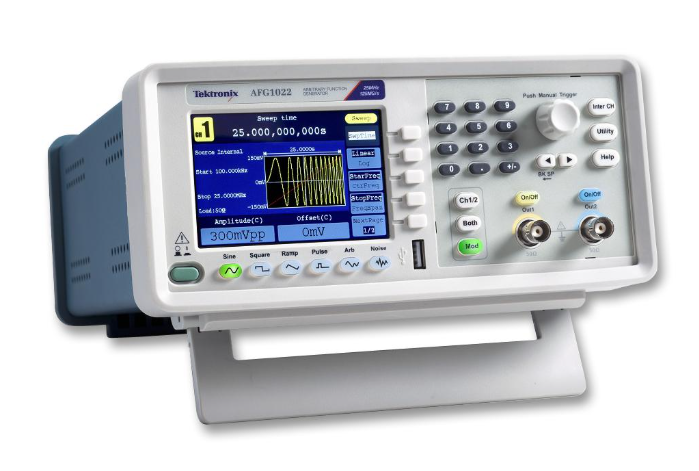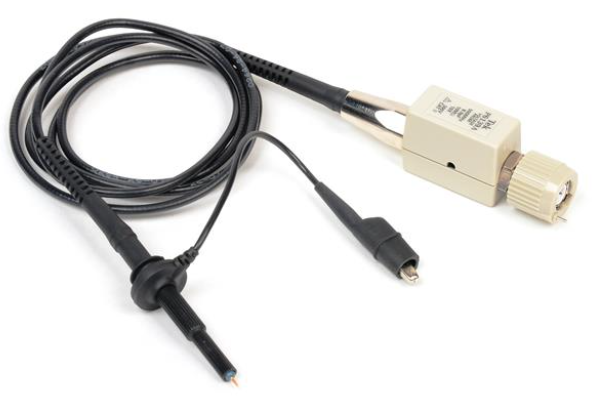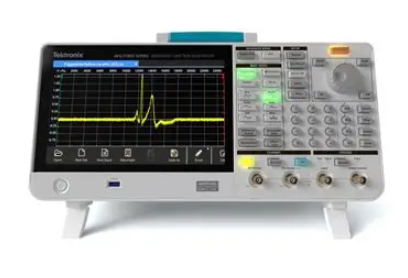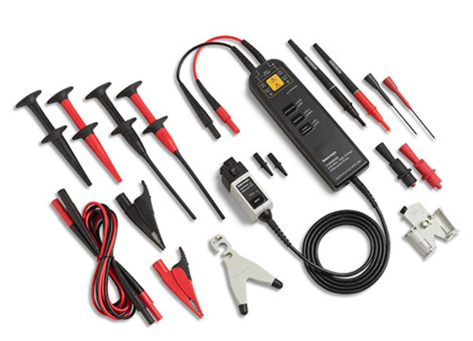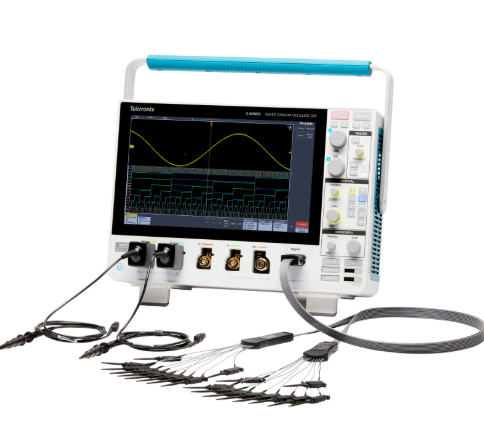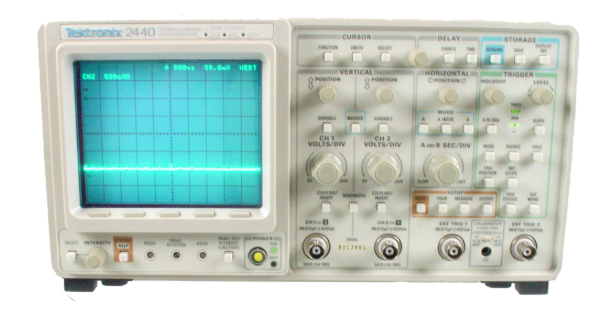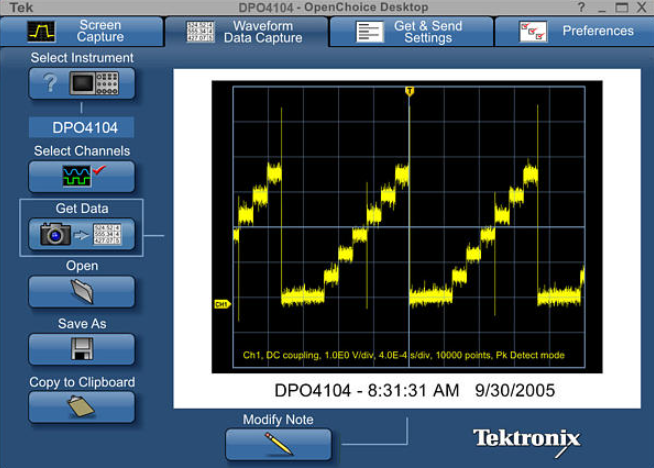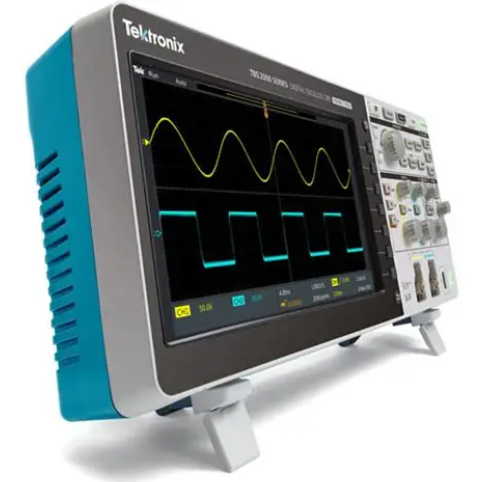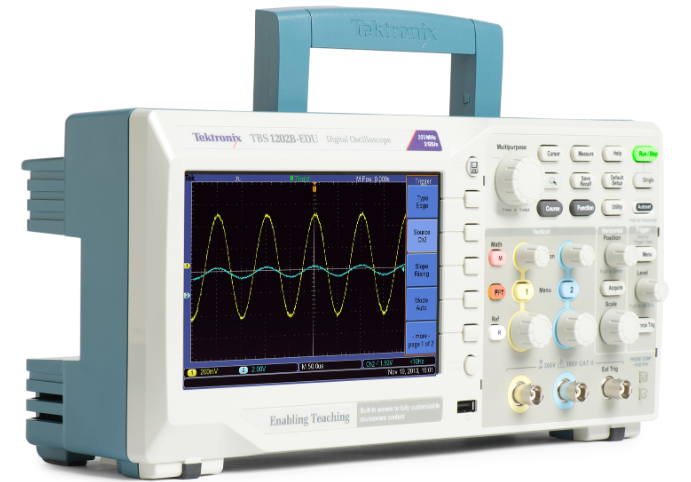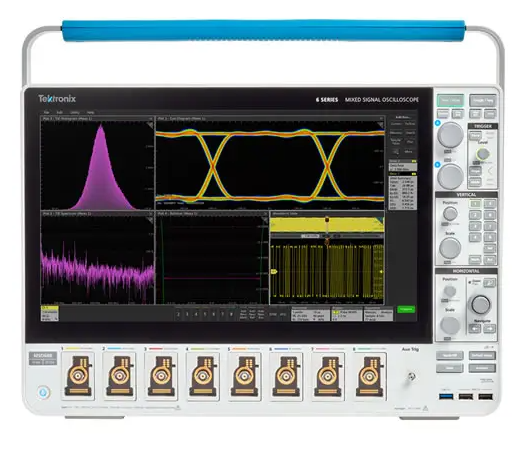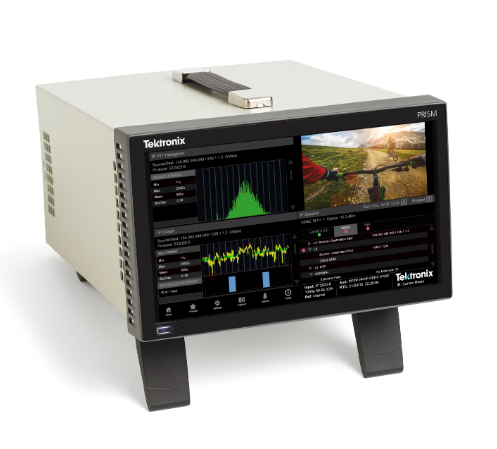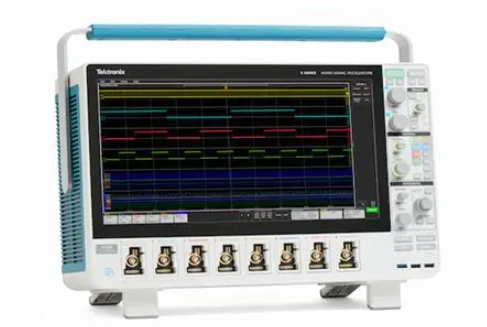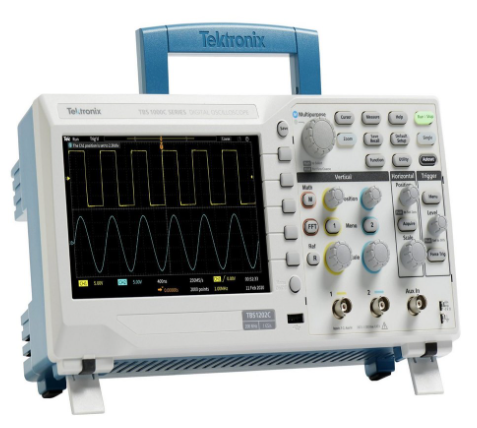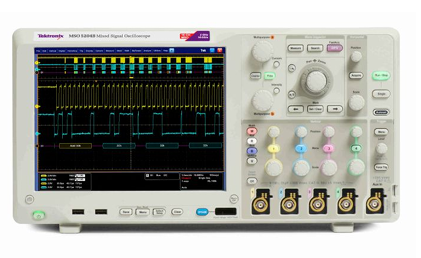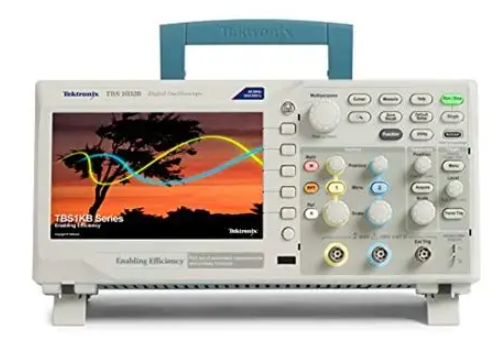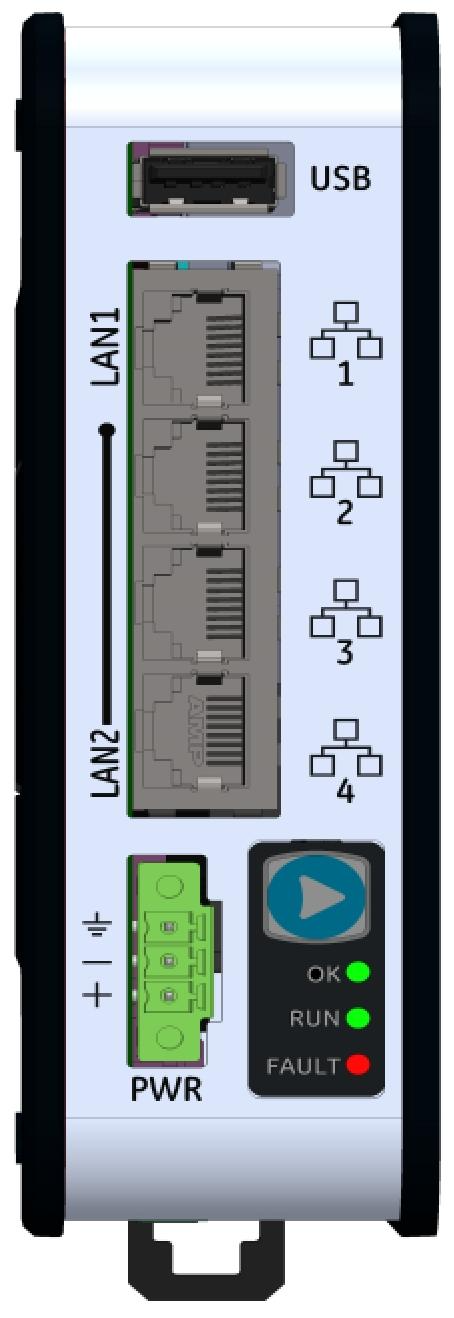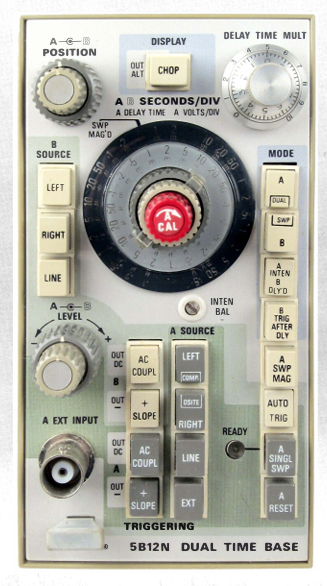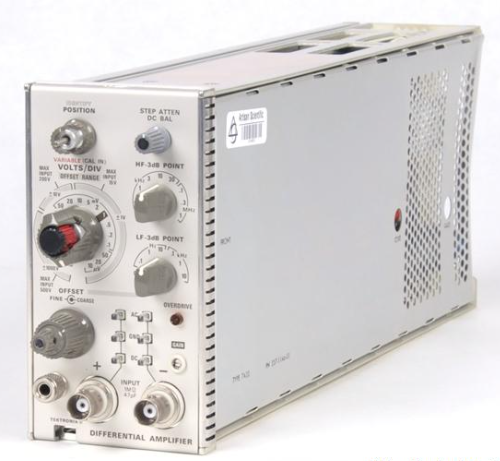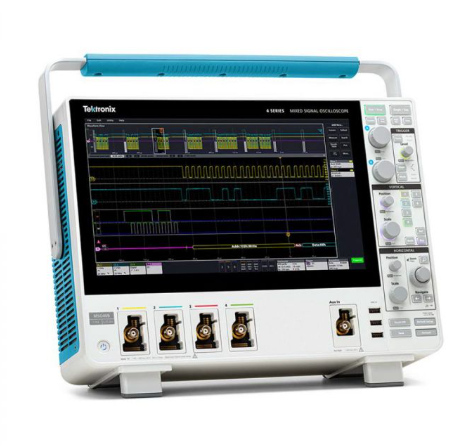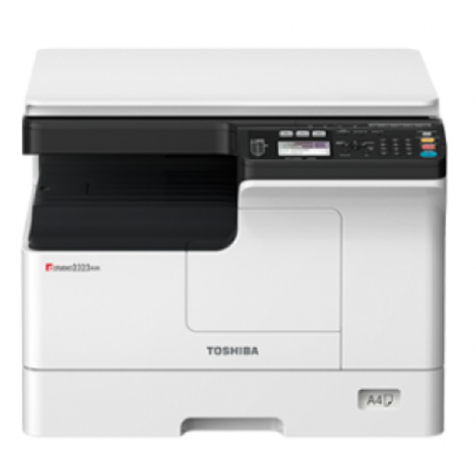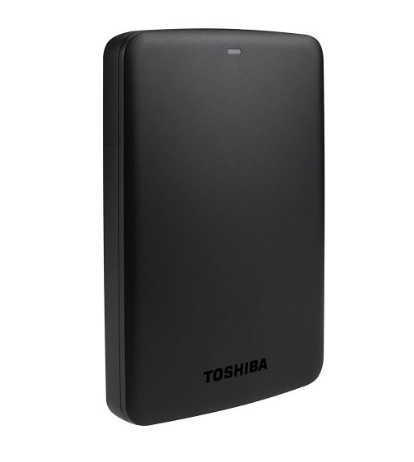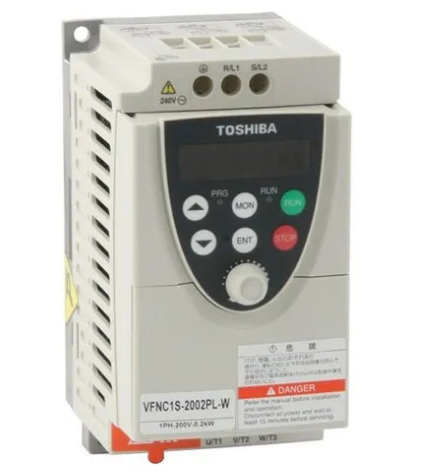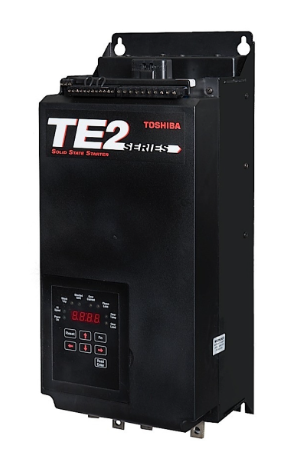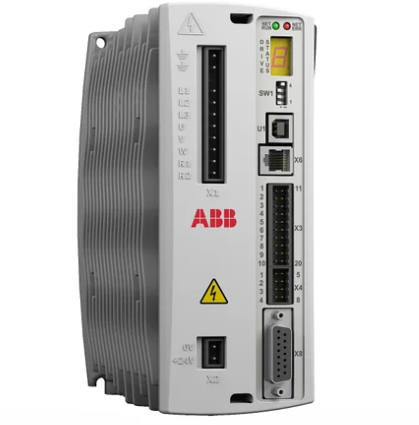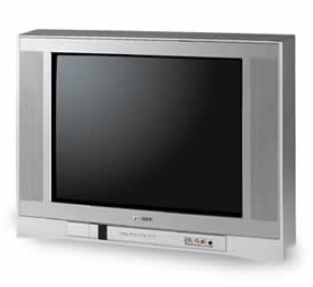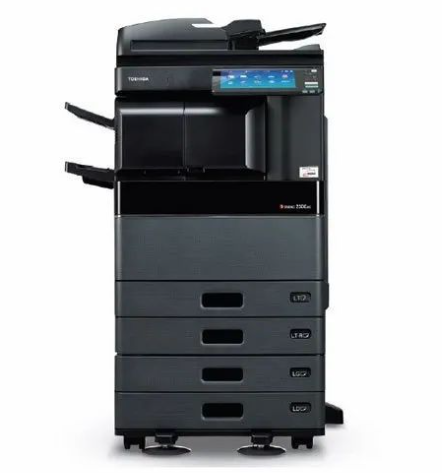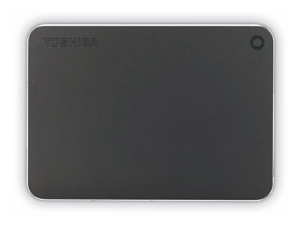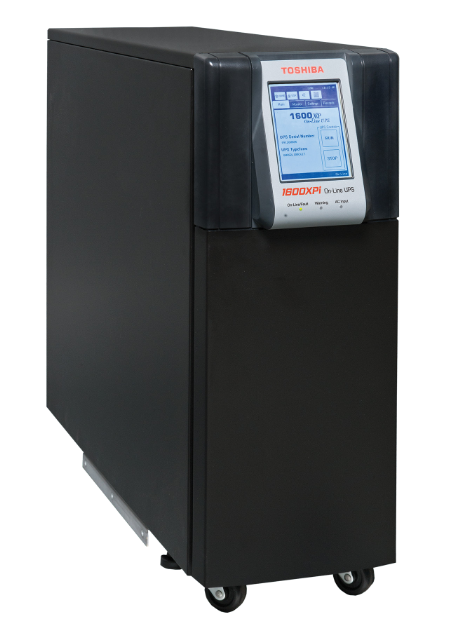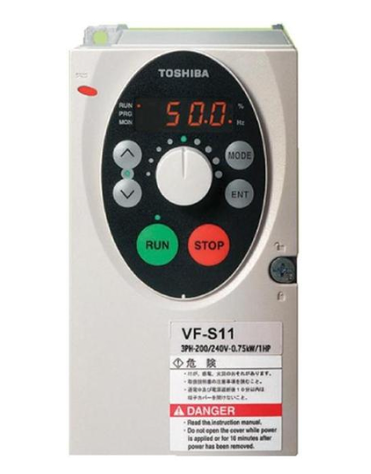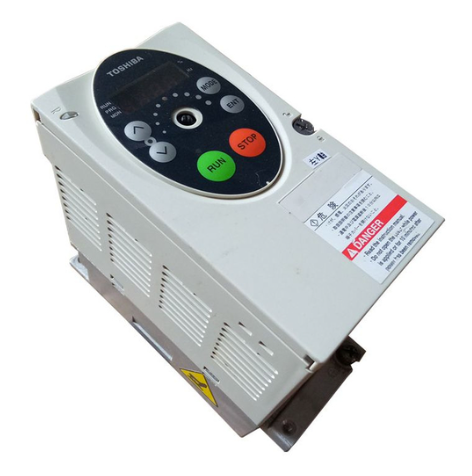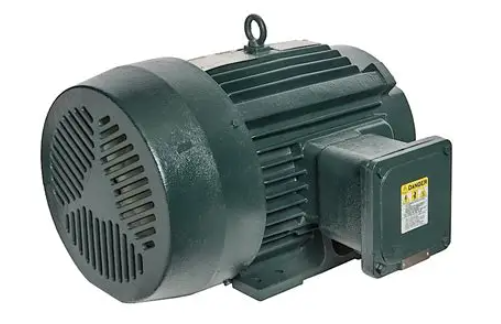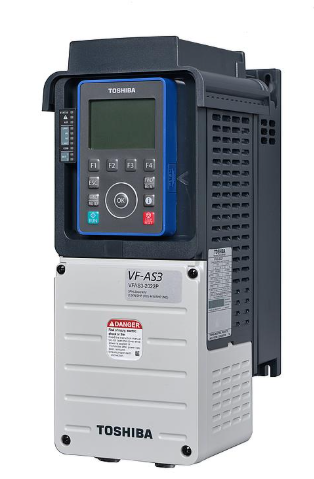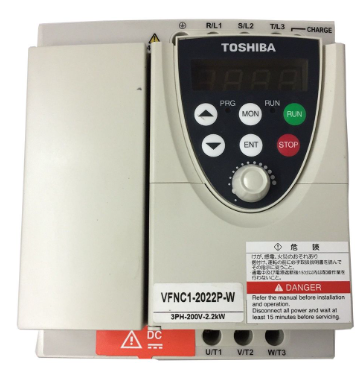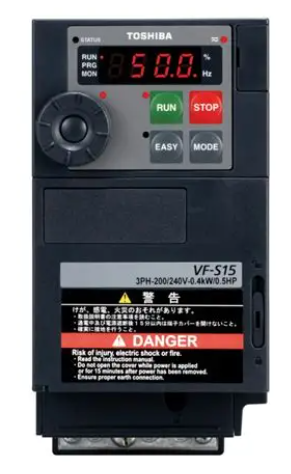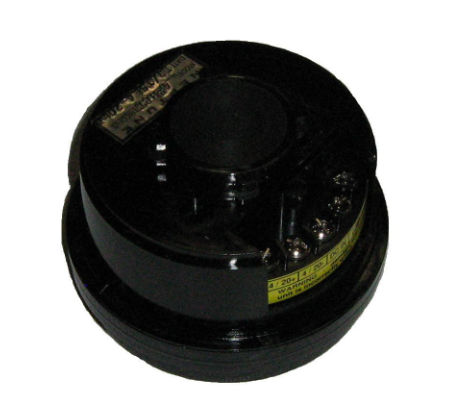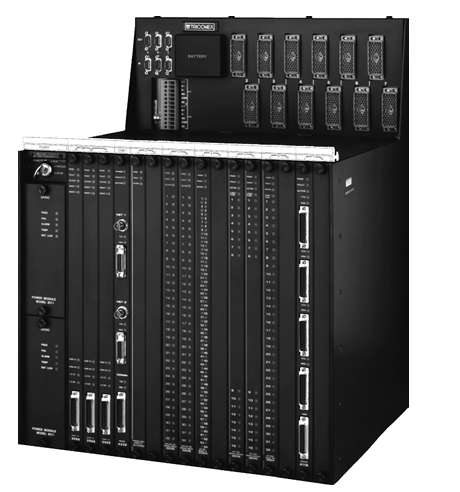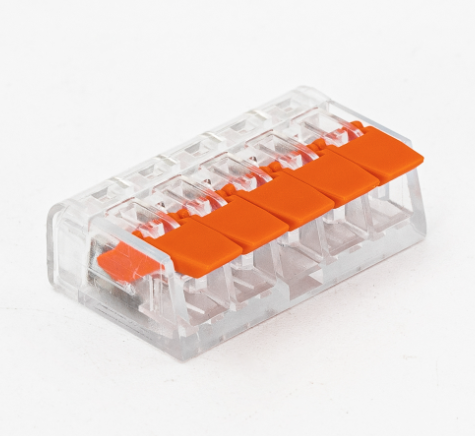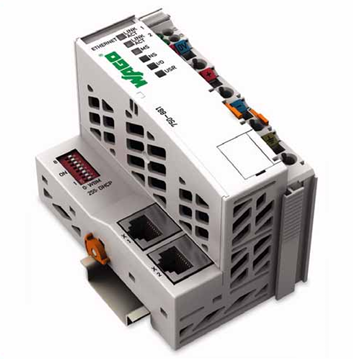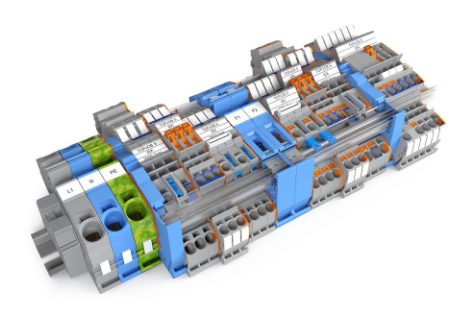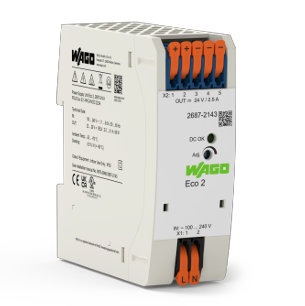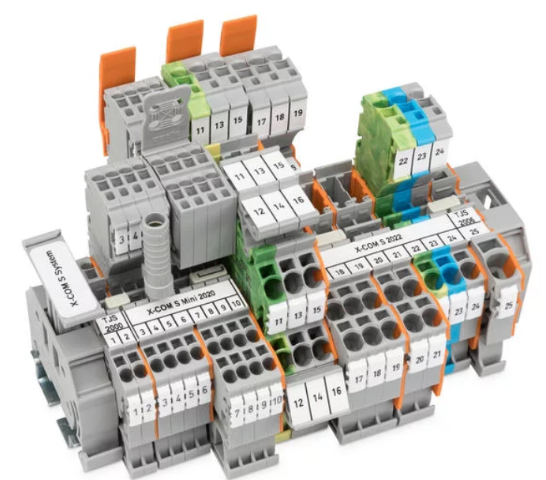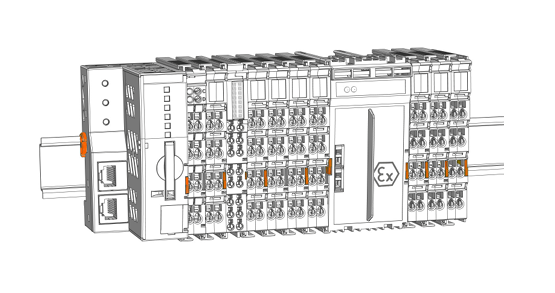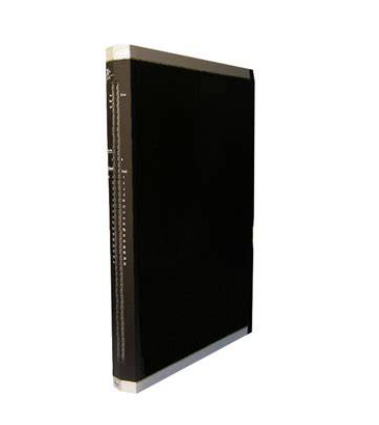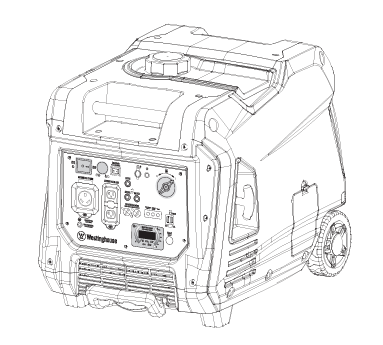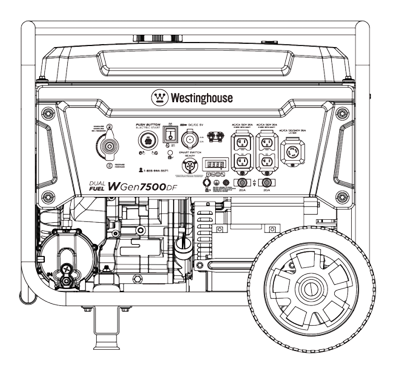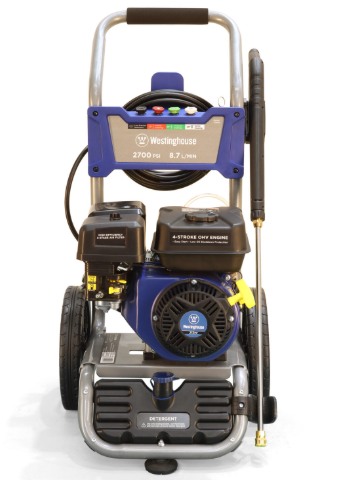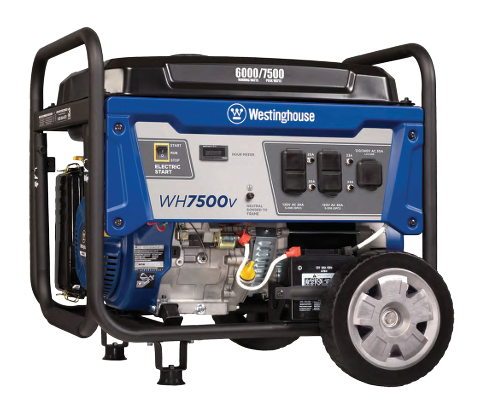

K-WANG


- Telephone:+86-15305925923
- contacts:Mr.Wang
- Email:wang@kongjiangauto.com
ABB VMM01 ETSI Vibration Monitoring Module
ETSI Vibration Monitoring Module Manufacturers ABB, ETSI-Electronic Technology Systems Model(s) ABB Bailey Infi 90, ABB Bailey Infi 90 and Net 90 Estimated Shipping Size Dimensions: 2.0" x 13.0" x 7.0" (5.1 cm x 33.0 cm x 17.8 cm) Weight: 0 lbs 12.0 oz (0.3kg ) ETSI Vibration Monitoring Module。
Overview: ABB VMM01 ETSI Vibration Monitoring Module
Introduction: ABB VMM01 ETSI Vibration Monitoring Module is a vibration monitoring module produced by ABB, belonging to the ETSI Bailey Controls series, which is mainly used in the field of industrial automation, to monitor and analyse the vibration of rotating machinery and other equipment in real time.
Functional features:
Accurate vibration measurement: It can accurately measure the vibration amplitude, frequency and other parameters of the equipment, providing a reliable basis for the condition assessment of the equipment.
Multi-channel monitoring: usually with multiple monitoring channels, you can simultaneously vibration monitoring of multiple parts or multiple pieces of equipment to improve monitoring efficiency.
Failure diagnosis and early warning: through the analysis and processing of vibration data, it can detect abnormal vibration conditions of the equipment in a timely manner and send out failure warning signals to help users take measures in advance to avoid further deterioration of equipment failures.
Strong compatibility: It can be seamlessly integrated with other control systems and equipments of ABB to achieve data sharing and cooperative work.
Technical parameters
Measurement range: Generally speaking, the vibration displacement measurement range is between micron and millimetre, depending on different models and configurations; the vibration velocity measurement range is usually between a few millimetres and tens of millimetres per second; and the vibration acceleration measurement range is between a few square metres and a few hundred metres per second.
Measurement Accuracy: Vibration measurements are highly accurate, generally up to ±0.01 µm for displacement, ±0.1 mm/sec for velocity and ±0.1 m/sec² for acceleration.
Frequency range: The frequency measurement range of the module is wide, generally between a few Hertz to thousands of Hertz, to meet the vibration monitoring needs of different types of rotating machinery.
Number of channels: the common number of channels are 4 channels, 8 channels, 16 channels, etc. Users can choose the appropriate number of channels according to the actual monitoring needs.
Application Fields
Power industry: used to monitor the vibration of generators, turbines, motors and other equipment, timely detection of potential equipment failures, to ensure the stable operation of the power system.
Petrochemical industry: vibration monitoring of pumps, compressors, fans and other rotating machinery and equipment to ensure the safe and reliable operation of the equipment and prevent production accidents and environmental pollution caused by equipment failure.
Iron and steel metallurgy industry: widely used in rolling mills, continuous casting machines, blast furnace blowers and other equipment, through the real-time monitoring of equipment vibration, to improve the service life of equipment and production efficiency.
Cement and building materials industry: It is used for vibration monitoring of cement mills, crushers, belt conveyors and other equipment to ensure the continuity and stability of the production process.
Installation and Maintenance
Installation requirements:
Installation position: It should be selected in a position that can accurately reflect the vibration of the equipment, and is generally installed in the bearing seat, casing and other parts of the equipment. At the same time, to ensure that the surface of the installation location is flat and smooth to ensure good contact between the sensor and the equipment.
Sensor installation: According to different types of sensors and monitoring requirements, the use of appropriate installation methods, such as bolt fixing, magnetic fixing, adhesive fixing, etc.. Pay attention to the direction and angle of the sensor during installation to ensure the accuracy of measurement.
Wiring requirements: the connection line between the module and the sensor should be shielded cable to reduce electromagnetic interference. Avoid parallel laying of cables and power cables when wiring, and pay attention to the fixing and protection of cables to prevent them from mechanical damage.
Maintenance points:
Regular inspection: regularly check the appearance of the module to see if there is any damage, loosening and so on. At the same time, check whether the connection of the sensor is firm and whether the cable is broken.
Cleaning and Maintenance: Clean the dust and oil on the surface of the module and sensor regularly to maintain its good heat dissipation and measurement performance.
Calibration: Calibrate the module according to the specified period to ensure its measurement precision and accuracy. Calibration should be carried out by professional personnel using standard calibration equipment.
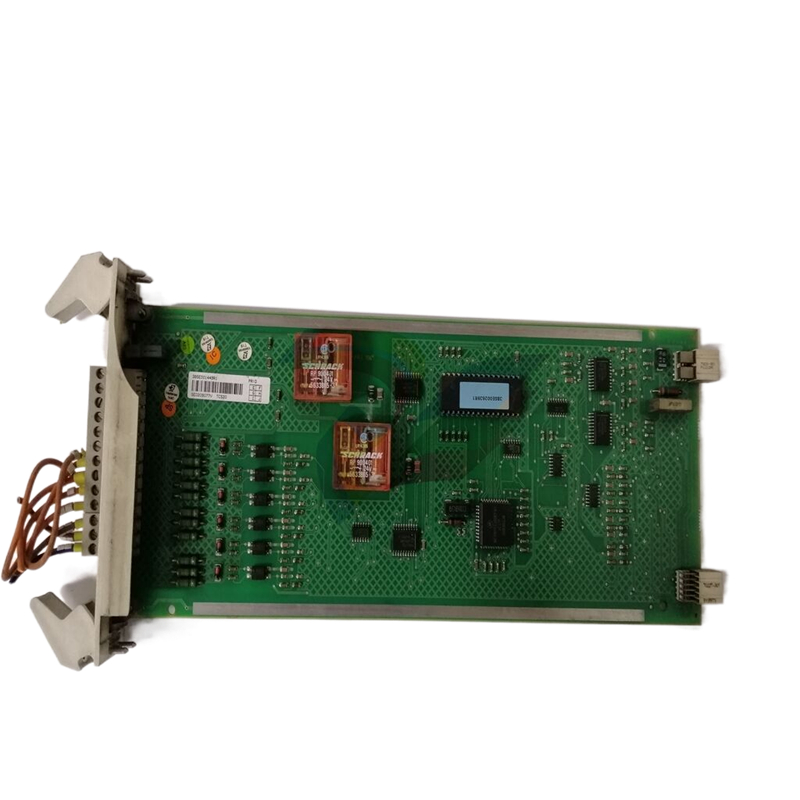
| User name | Member Level | Quantity | Specification | Purchase Date |
|---|






